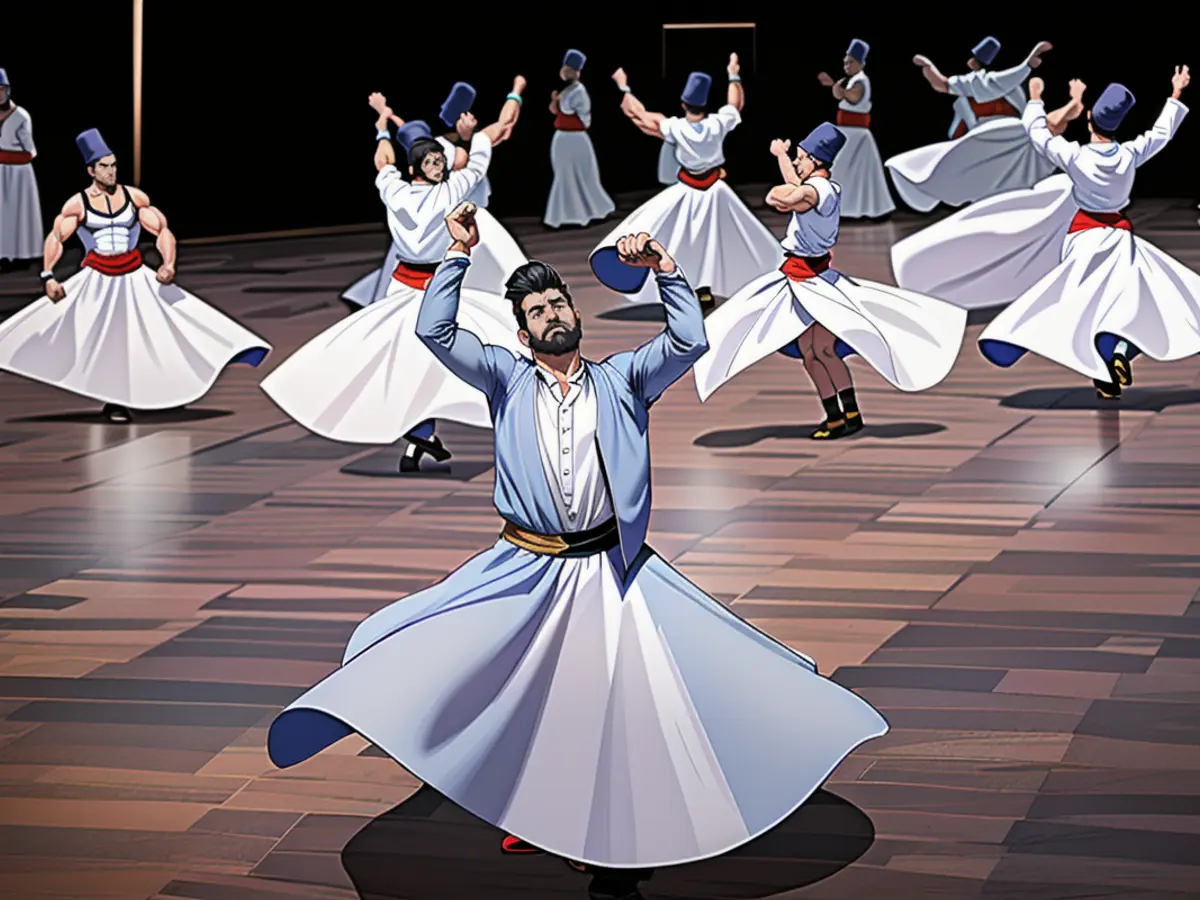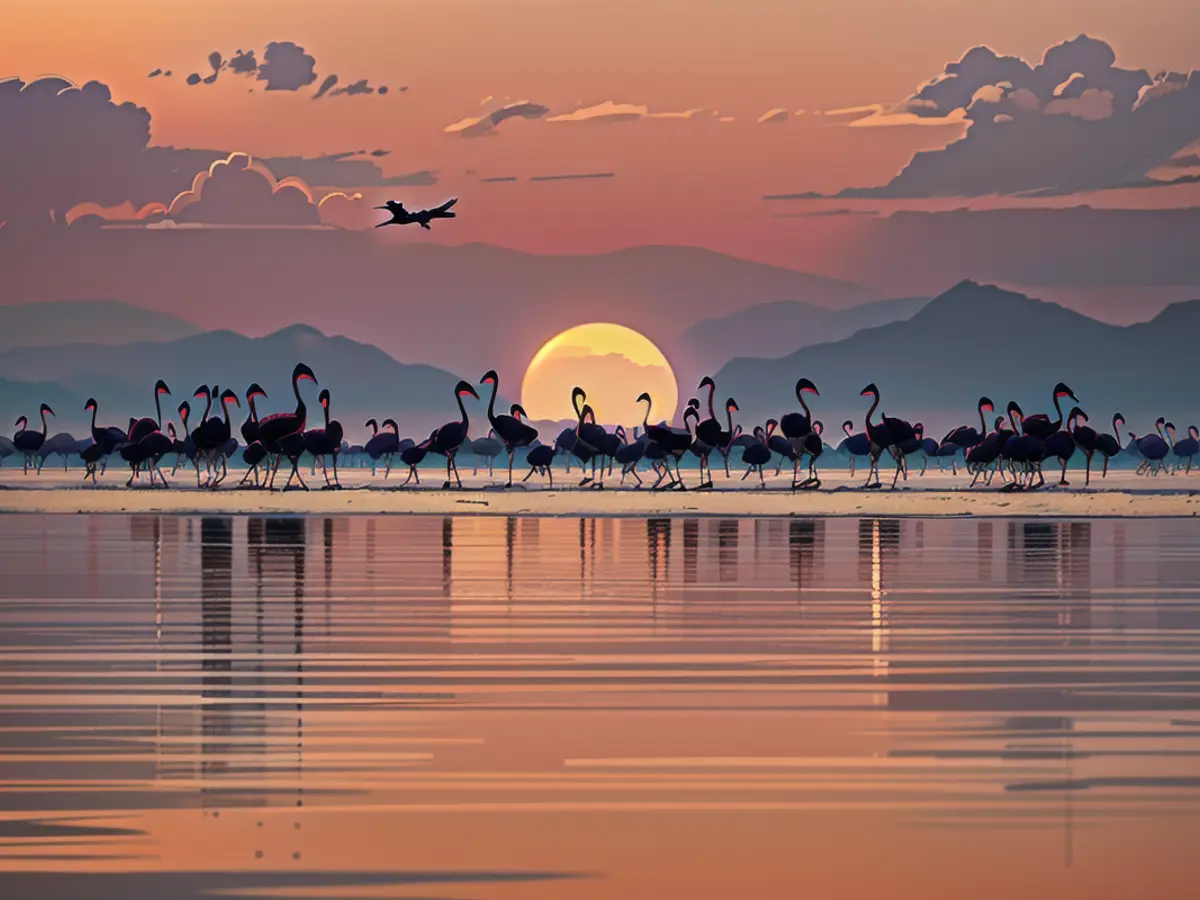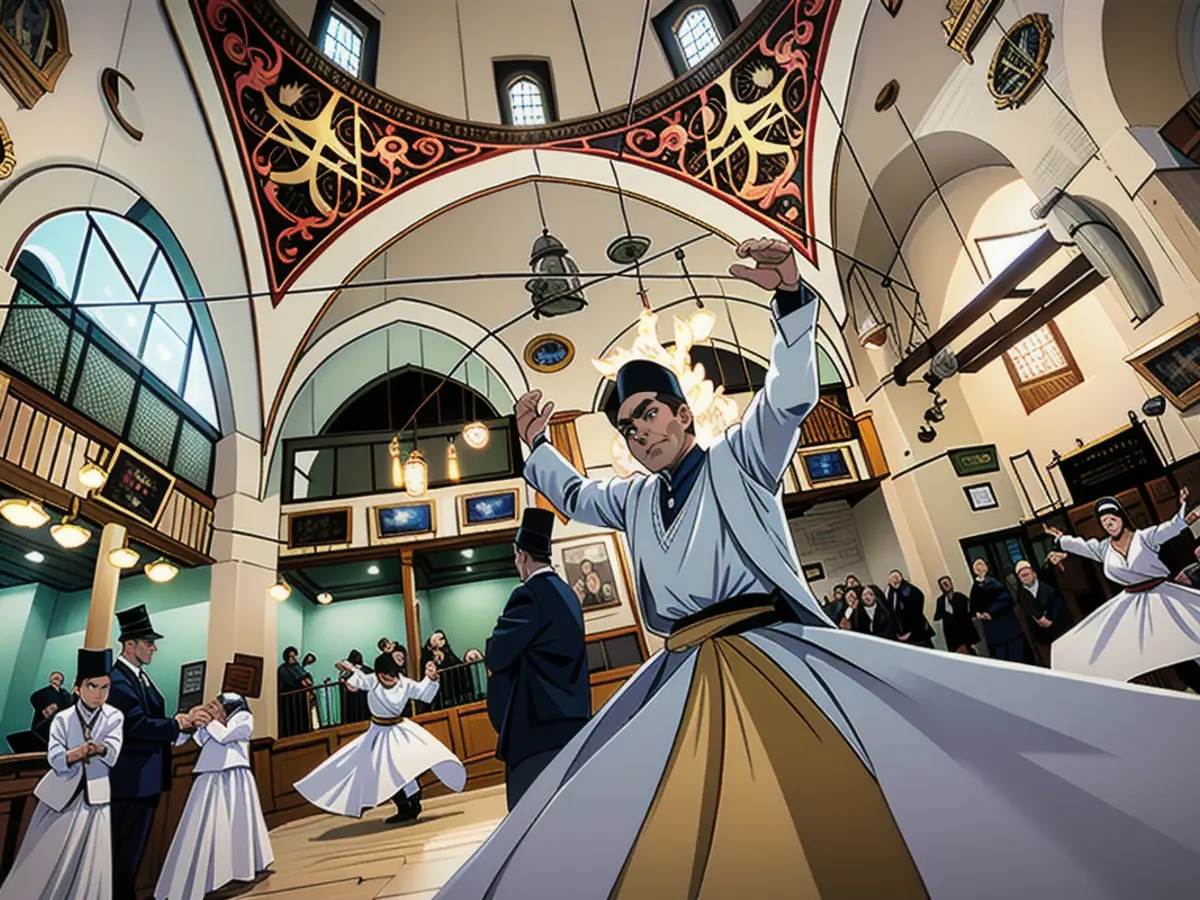Konya: Turkey's Historical Town of Sufi Dancers
For some travel enthusiasts, their top choice is a destination that may not be well-known to many individuals from diverse parts of the globe - Konya. This city in central Turkey is a popular tourist location, drawing millions of visitors each year. Known for its bustling bazaar, historic landmarks, and a modern tram network that connects the suburbs to the city center, Konya is a captivating place to explore.
However, Konya is not just a cultural and historical delight; it holds religious significance as well. It is best known as the final resting place of 13th-century Sufi mystic and poet Celaleddin Rumi, who later became famous as Mevlâna. He was not only a renowned Islamic scholar but also the founder of the Mevlevi Order of the Whirling Dervishes.
The Whirling Dervishes, who perform their worship through spinning dances that gracefully fling their robes onto the floor, are still active today. While they can be seen in various locations across Turkey, Konya is the epicenter of their activities. Their mesmerizing "Sema" ceremonies are a key reason to visit the city.
Kerem Polat, a 30-year-old whirling dervish living in Konya, has been performing since he was nine years old, having learned the ceremonial dances from his grandfather. According to Polat, Konya was an important center before Rumi's arrival, with the city dating back thousands of years and possessing a rich history of changes in hands, from Hittite to Roman rulers.
Rumi, born in Balkh (now part of Afghanistan), moved to Konya with his family when the city was becoming a hub for Islamic scholars and a place of religious significance. Polat believes that Konya’s long-standing status as a sanctuary and the arrival of Rumi were not a coincidence. “We believe that the arrival of his holiness in Konya was no coincidence and he must have followed a sign calling him here.”

After completing his religious education in Konya, Rumi began inspiring other scholars who flocked to the city, resulting in the rapid spread of his teachings. Soon, the number of visitors increased significantly as people journeyed there for religious purposes.
Over the centuries, Konya has continued to attract visitors from both Muslim and non-Muslim backgrounds. Tourist attractions include the Mevlana Museum, the Mevlana Cultural Center, where daily Sema rituals take place, and the exquisite Alâeddin Mosque.
Abdullah Çetín, a photographer based in Konya, highlights the city's historical importance. "Konya has important historical landmarks that tell the history of how humans became civilized in Anatolia," he says.
C̈aţalhãyük, a neolithic settlement located southeast of Konya, is an archaeologist's delight, showcasing the way people lived 9,000 years ago. The nearby village of Sille, home to Greek speakers until the last century, has been preserved thanks to Rumi's teachings of tolerance.

Gevale Castle, a 4,000-year-old mountaintop structure, continues to yield surprising discoveries, including a secret tunnel thought to have been built by Hittites.
Despite Konya's reputation as one of Turkey’s most religiously conservative cities, Çetín maintains that the city is quite relaxed and welcoming. "Konya is a relaxed and safe city, and has warm relations between neighbors, friends, and people," he says. "People still care deeply about Mevlana's teachings of tolerance for each other."
Whirling dervish Polat concurs, stating that Konya has earned the moniker of "the city of love" due to its association with Rumi.
Apart from these attractions, Konya also serves as a great launching point for Lake Tuz, a large hypersaline lake situated about two hours' drive northeast of the city. Often referred to as Salt Lake, this unique body of water is famous for its vibrant wildlife, including flamingos, and the unique pinkish hues that occasionally color its waters. This lake has become a popular destination for those eager to capture the perfect Instagram post.

Fahri Tunç, a wildlife photographer growing up near Tuz and dedicated to documenting its inhabitants, has made significant contributions to the preservation of endangered species like flamingoes.
Tunç claims that the breathtaking sights at Lake Tuz, particularly during sunset, are capable of touching the hearts of any onlookers.
When people enquire about Lake Tuz, Tunç poses a question: "Have you ever fallen in love before?" They respond, saying they've been in love with varying individuals. To this, he inquires if they've visited Lake Tuz. If they haven't, he expresses that perhaps they haven't experienced love yet. It's only after experiencing such places that one can truly understand the concept of love.
He has visited 34 countries, capturing bird imagery or enjoying tourism, yet his hometown's beauty still leaves him in awe. Tunç encourages others to witness this magical place. At night, the lake reflects the sky, creating a duplicate image that leaves him in awe. The sight remains etched in his mind, and he wonders: "How is it possible for such a thing to exist?"


Read also:
- Fear of escalation in the Middle East: US Secretary of State Blinken travels to the region again
- Government circles: US Secretary of State Blinken to travel to Middle East again
- Bridging days 2024: How you can double your vacation this year
- Germany has wanderlust: how tour operators and airlines are looking ahead to the next travel year
For individuals planning their travel itinerary, a visit to Konya, Turkey, might be an intriguing choice. This historical town is renowned for being the final resting place of the famous 13th-century Sufi mystic and poet, Celaleddin Rumi.
After experiencing the cultural and historical wonders of Konya, travelers can embark on a journey to Lake Tuz, located about two hours northeast of the city. The lake's vibrant wildlife and unique pinkish hues have made it a popular destination for photography enthusiasts and nature lovers alike.
Source: edition.cnn.com








